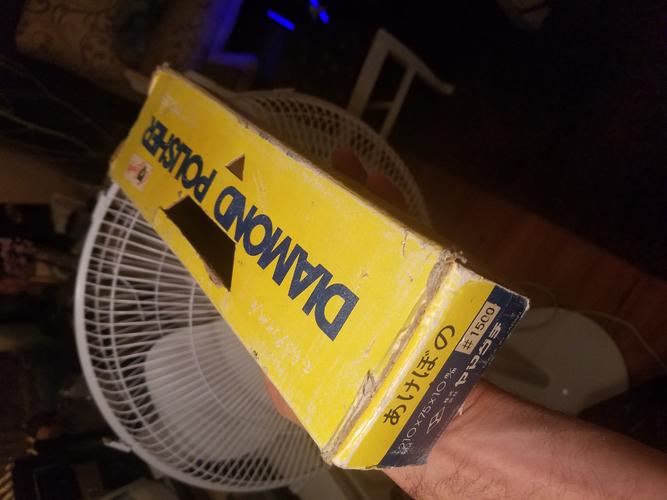Results 1 to 5 of 5
Thread: Help Identifying my stone
Threaded View
-
10-26-2020, 03:20 AM #1Senior Member

- Join Date
- Jul 2010
- Posts
- 120
Thanked: 14 Help Identifying my stone
Help Identifying my stone
Picked this up for $10. Seemed like it could be worth it for a diamond stone - although I don't know much about them.
The box is marked #1500 - which, after feeling the stone seems WAY to low. The stone almost feels like a finishing stone. Does that mean it's completely worn? Or is that just how diamond stones feel?
Otherwise, does anyone know what kind of Diamond stone this is?




 4Likes
4Likes
 LinkBack URL
LinkBack URL About LinkBacks
About LinkBacks






 Reply With Quote
Reply With Quote